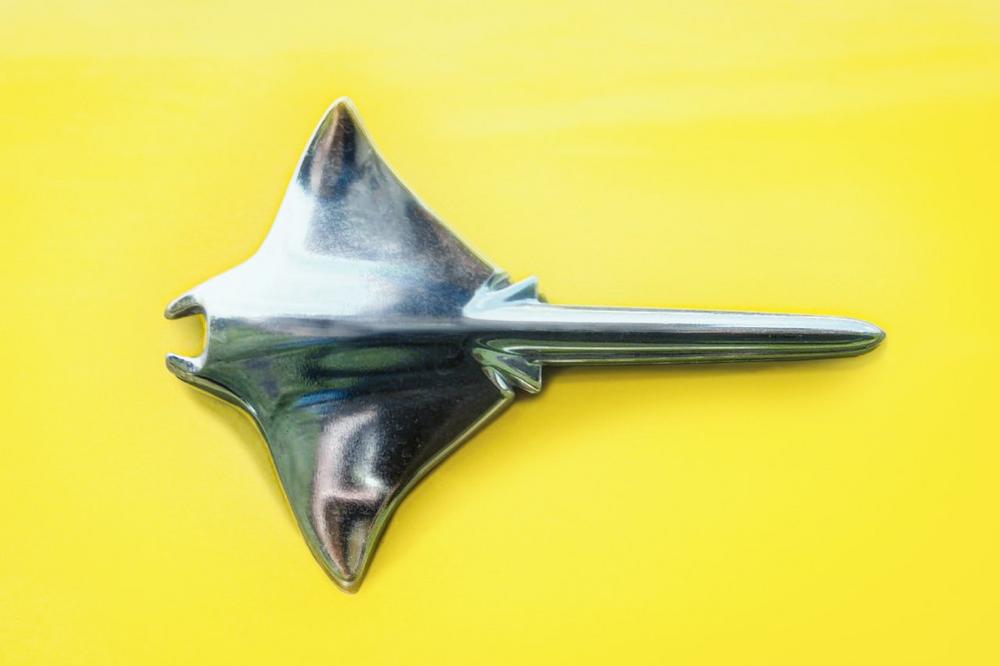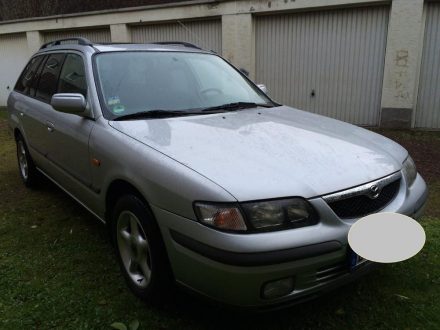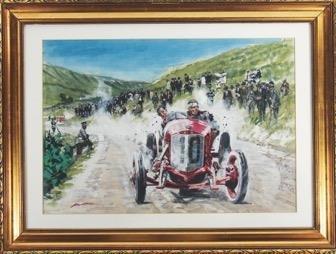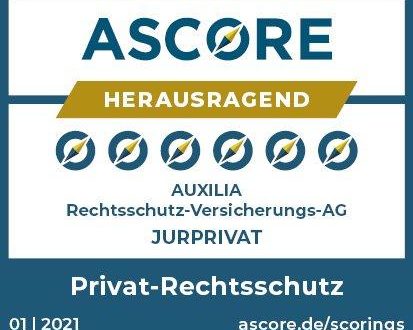
The Opel Legend Turns 50: A Fish Called Manta
- From marine researchers and designers: how the Opel Manta got its logo
- On the Baltic Sea coast: world premiere at appropriate location
- Big fish: Manta A and B produced over one million times
It belongs to the Mobula genus (rays, stingrays) – the Opel Manta, probably the most fishy representative in a long line of Opel classics. This year, the coupé with the ray as logo is celebrating its 50th birthday. The Manta’s range extends from the German Baltic Sea to the American Pacific coast. Opel chief designer, George Gallion, on a secret mission, first discovered the ray from Rüsselsheim.
On a Saturday morning in 1969, Gallion boarded a plane to Paris. The American designer who worked at Opel had agreed to meet the team of French marine researcher, Jacques Cousteau.
“We had chosen the name ‘Manta’”, said Gallion, 51 years after his Paris mission. “At that time, animal names matched the zeitgeist, the Ford Mustang and Corvette Stingray were very successful in the United States. Our Manta was also such a ‘pony car’. Now we had ten days to design a logo, but we couldn’t find any suitable templates for it”,
So Gallion got on the plane and looked at Cousteau’s images in the French capital. For hours. Until finally there was a shot in which a gigantic manta ray filmed from below against the bright surface. Bingo. That was it. The big catch. The Opel Manta had found its identity and from then on got the iconic chrome-plated emblem attached to the front fenders.
The Manta made its debut at Timmendorfer Strand
The sporty Manta made its debut in September 1970. Appropriately enough, the presentation took place at Timmendorfer Strand on the German Baltic Sea coast. For Opel, the Manta was a step into new territory. “Instead of making an existing model obsolete, the car we are presenting today is an addition to our range and meets a new demand from the market,” said the press release at the time.
The Manta was new, smart and sporty, and perfectly timed. Attractive coupés that could accommodate four were highly popular. Individuality was in fashion, the Manta’s shape and lines were just what the market was looking for. In the first full year of sales, Opel moved 56,200 units of the Manta out of the showrooms; 498,553 left the factory in total. The Ascona shared the platform, suspension and engines. The most powerful engine in the Manta was the four-cylinder 1.9 S with 90hp, also used by the Opel Rekord.
The Manta range began with the 60hp 1.2 in 1972, followed in November of the same year by the luxuriously equipped Manta Berlinetta. The standard equipment included sports steering wheel, heated rear window, halogen headlamps, electric windscreen washers and vinyl roof. The five years of production were enriched by numerous special model variants – “Holiday”, “Plus”, “Swinger” and “Summer Bazar” combined up-market specifications with modest prices. The Manta GT/E, powered by a 105hp, 1.9-litre engine with Bosch L Jetronic fuel injection, appeared in 1974. The trend towards matt instead of chrome trim continued with the Manta GT/E. The last special model arrived in 1975, shortly before the debut of the Manta B. The GT/E-based “Black Magic” was all black with orange stripes on its flanks.
The sequel followed just five years after the premiere
Already in 1975, the next Manta made its debut with the B version. The German brand had two variants in the range: the coupé with notchback and the 1978 Combi-Coupé CC with hatchback and large tailgate. Its long-lasting popularity ensures that the Manta B has a special role in the company’s 120-year-plus automotive history. No other model remained unchanged on the market longer than the Manta B – presented in autumn 1975, the second generation Manta rolled 557,940 times off the assembly line until 1988.
As with its predecessors, the Manta B shared the platform, suspension and powertrain with the Ascona. The range of four-cylinder engines included 14 versions with displacements between 1.2 and 2.4 litres over the entire production period. Power outputs were between 55 and 144hp.
New models and engines constantly complemented and extended the series and kept it young. Well-known abbreviations and affixes included SR, Berlinetta, GT, GT/J and GT/E. In 1979, newly developed OHC (overhead camshaft) engines replaced some of the older ones with side camshafts. The top GT/E developed 105 and 110hp with the larger 2.0-litre engine and was renamed GSi in 1984.
The rarest and most powerful Manta B was the 400, presented at the Geneva Motor Show in 1981. The Manta 400, which got its name from the 400 units needed for group 4 motor sport homologation, featured a 2.4-litre DOHC four-cylinder engine (double overhead camshafts) with four-valve technology and 144hp. With a Manta 400, Guy Colsoul and Alain Lopes won the two-wheel drive class of the 1984 Paris-Dakar Rally, finishing fourth overall behind three four-wheel drive vehicles.
The last two versions of the Manta B were the GSi top model and the GSi Exclusiv produced in small numbers by the tuner Irmscher. In total, more than one million examples of the Manta A and B rolled off the assembly line. A big fish indeed.
Opel is one of the largest European car manufacturers and was founded by Adam Opel in Rüsselsheim, Germany, in 1862. The company started building automobiles in 1899. Opel has been part of the Groupe PSA since August 2017. Together with its British sister brand Vauxhall, the company is represented in more than 60 countries around the globe selling around one million vehicles in 2019. Opel is currently implementing its electrification strategy to secure sustainable success and ensure that the future mobility demands of customers are met. By 2024, all Opel models will offer an electric variant. This strategy is part of the company plan PACE! with which Opel will become sustainably profitable, global and electric.
Visit https://int-media.opel.com
https://twitter.com/opelnewsroom
Opel Automobile GmbH
Bahnhofsplatz
65423 Rüsselsheim
Telefon: +49 (6142) 77-01
Telefax: +49 (6142) 77-8409
http://www.opel.de
Group Manager International Product Communications
Telefon: +49 (6142) 69-21574
E-Mail: martin.golka@opel.com
![]()





